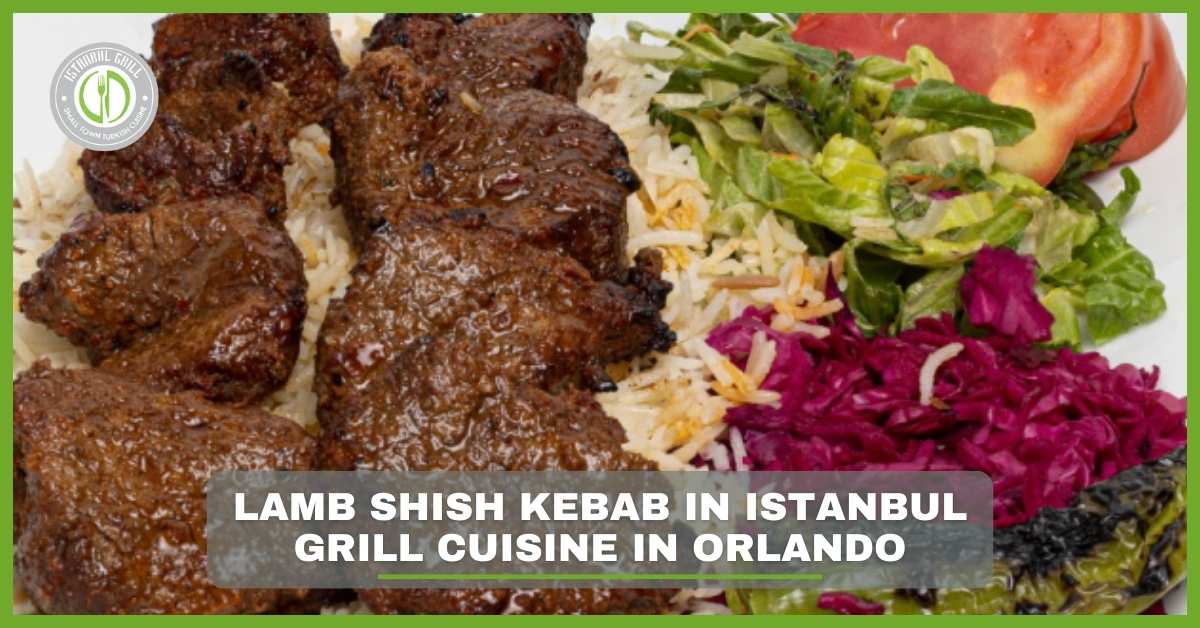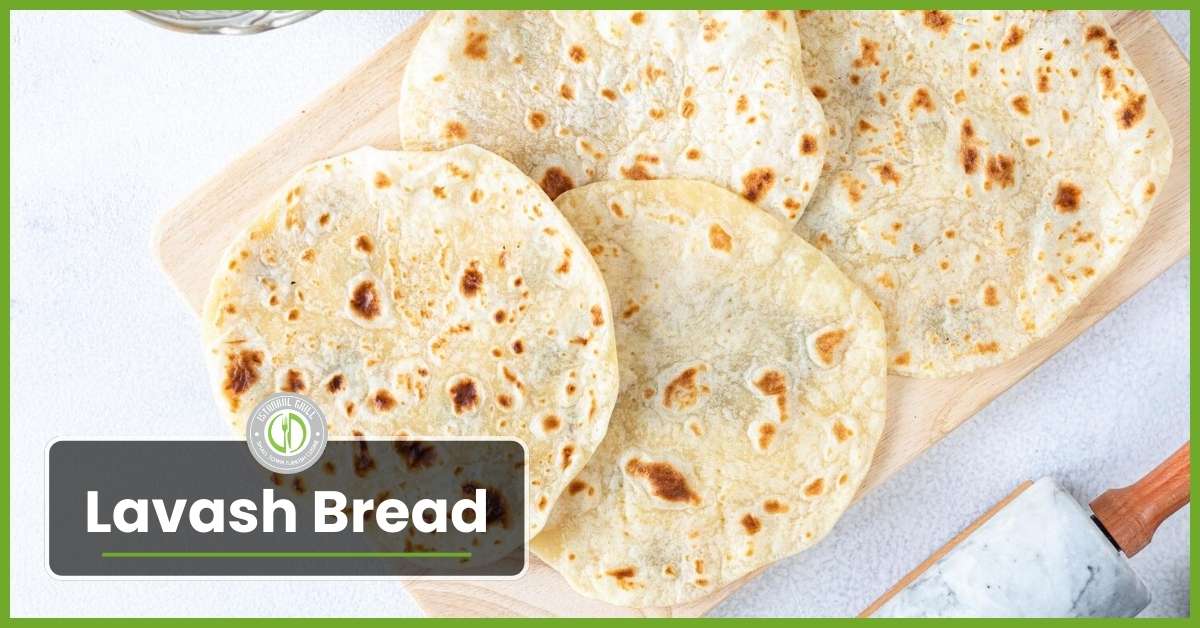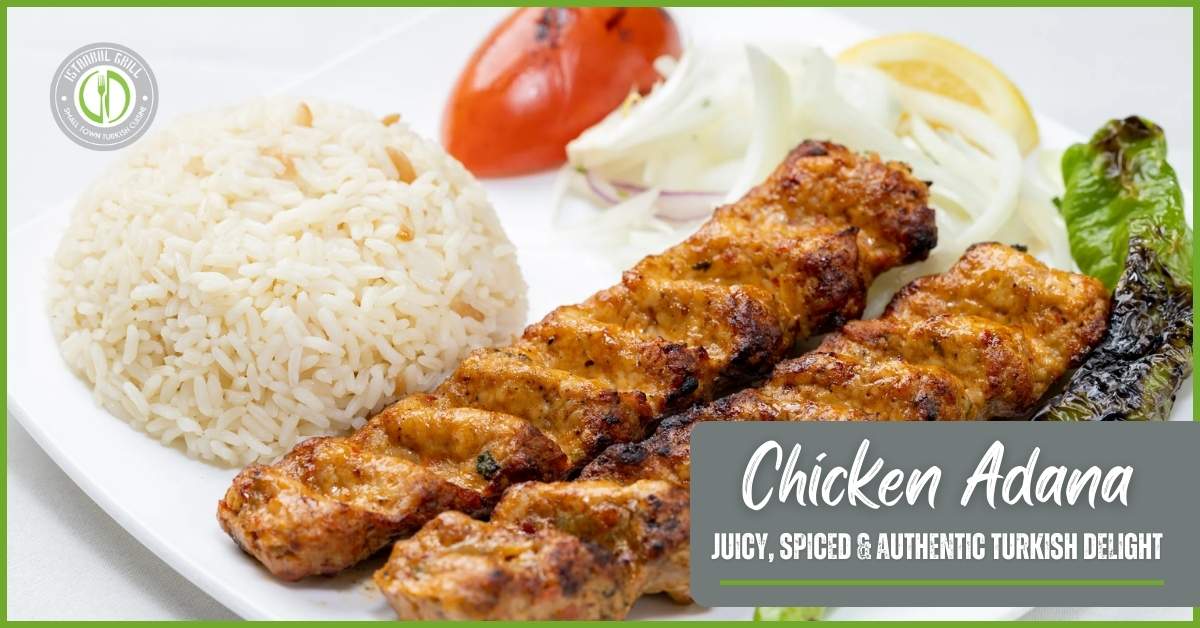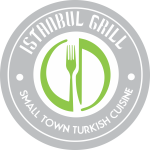Turkish cuisine as one can expect offers a rich palette of options and the number of vegetarian dishes easily beats the number of non-vegetarians. Based on traditions that were developed centuries ago and following traditions of different countries, Turkish vegetarian dishes can be described as delicious cuisines that delight the guests with a range of different tastes, feelings on the tongue, and scents. Additionally, vivid lentil soup combined with hearty stuffed vegetables, sea fruits and vegetable-filled salads, mezes, and many more – all of them are the tasty witnesses of Turkey’s great culinary tradition. Moreover, welcome to the world of Turkish vegetarian dishes that will turn the concept of being a vegetarian into a pleasurable experience.
Must-Try Turkish Vegetarian Dishes
1. Imam Bayildi
The name of this traditional Turkish dish, İmam Bayıldı, means “the imam fainted,” referring to how savory and rich it is. Eggplants that have been fried in olive oil along with a blend of tomatoes, onions, and garlic. Additionally, this dish, which belongs to the “zeytinyağlı” group and is cooked in olive oil, is a mainstay of Turkish cuisine and is usually served chilled or at room temperature.
The history of İmam Bayıldı
İmam Bayıldı’s origins can be traced to the Ottoman Empire when it was a popular beverage relished by both the common public and the royal chefs. The name of the dish, which translates to “the imam fainted,” has a history attached to it. According to a well-known tale, an imam either passed out after trying the delectable dish.
2. Mercimek Koftas (Lentil Balls)
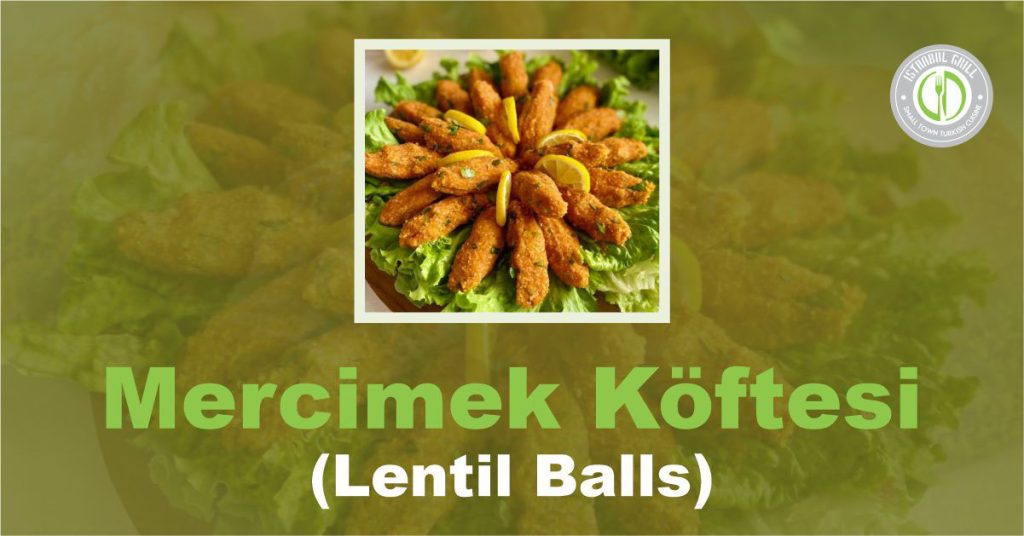
Lentil balls, or mercies koftas, are a common and wholesome Turkish dish prepared with bulgur and red lentils, along with a variety of herbs and spices. It is a mainstay of Turkish cooking, frequently served as a light main dish or appetizer.
Mercies Köftesi’s Beginnings
Turkey’s southeast is where Mercies Koftas originated. It is a popular dish in Turkish homes, where it is frequently made for parties, festivities, and as part of the meze spread. The dish’s flavor, simplicity, and nutritional worth are highly regarded.
Components
Mercies Köftesi’s primary ingredients are:
Red Lentils: These serve as the dish’s foundation and add a filling, healthy component. Blended with the lentils to create koftas with fine bulgur. Mercimek Köftesi are delicious red lentil and bulgur wheat patties flavored with onions, tomato paste, and a variety of spices.
3. Zeytinyağlı Yaprak Sarma (Stuffed Grape Leaves)
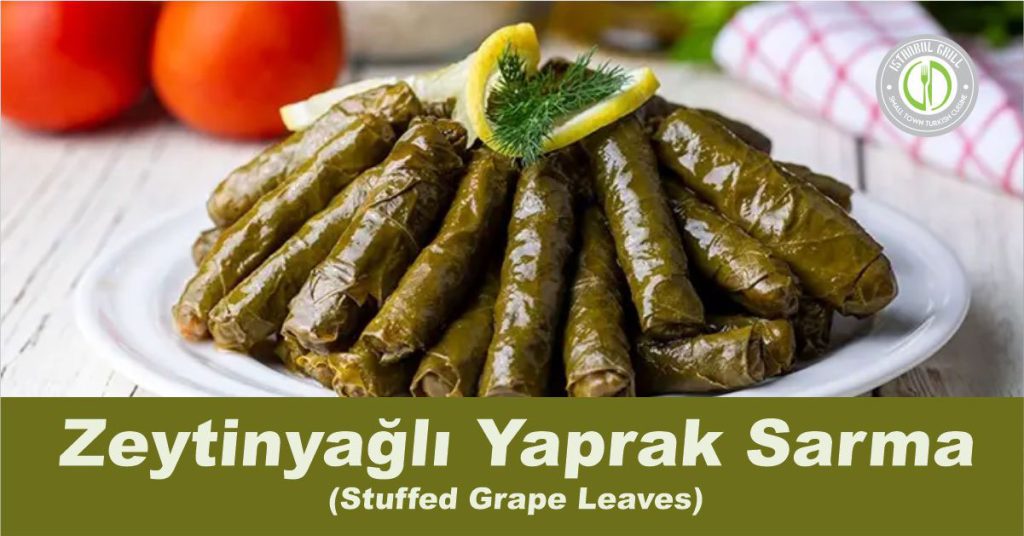
Zeytinyağlı Yaprak In Turkish cuisine, sarma, or filled grape leaves, is a staple meal. After that, it is made up of grape leaves that have been stuffed with a rice, pine nut, currant, and spice mixture that has been cooked in olive oil. A thorough examination of its history, components, and cooking is provided here.
Zeytinyağlı Yaprak Sarma’s origins
The cuisine has roots in antiquity and is widely consumed in the Middle East and Mediterranean. Therefore, It is a crucial component in the “zeytinyağlı” category in Turkey, which describes foods prepared with olive oil. In Turkish, “sarma” means to roll or wrap, while “Yaprak” means leaf. In addition, this meal is a reflection of the Ottoman Empire’s diverse culinary traditions, which included influences from other civilizations.
4. Kisir
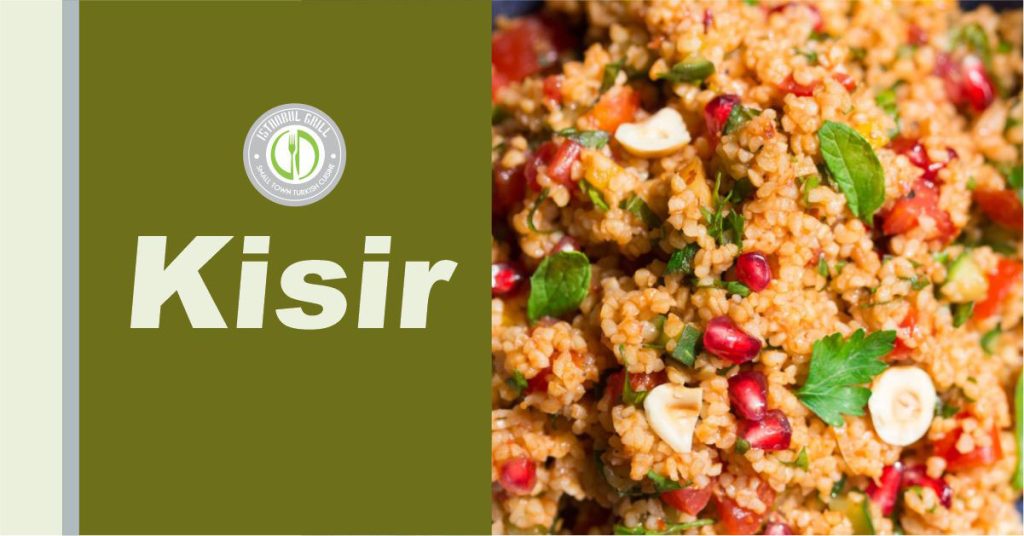
It is thought that Kiser originated in the southeast of Turkey, specifically in places like Adana and Gaziantep. Likewise, it is comparable to other Middle Eastern bulgur-based cuisines, like Lebanon’s tabbouleh. Therefore, for generations, the dish has been a mainstay of Turkish cuisine, frequently offered at get-togethers, picnics, and everyday meals.
Ingredients:
Fine bulgur, or broken wheat, is the main ingredient in Kiser. Additionally, essential components consist of:
- Tomato Paste: Contributes a vivid color and a rich, acidic flavor.
- Pomegranate Molasses: Traditionally used but optional, it adds a sweet and tart flavor.
- Olive oil: Provides hydration and richness.
- Citrus Juice: Likewise, provides a crisp dressing of olive oil, lemon juice, and pomegranate molasses.
5. Çılbır (Turkish Poached Eggs)
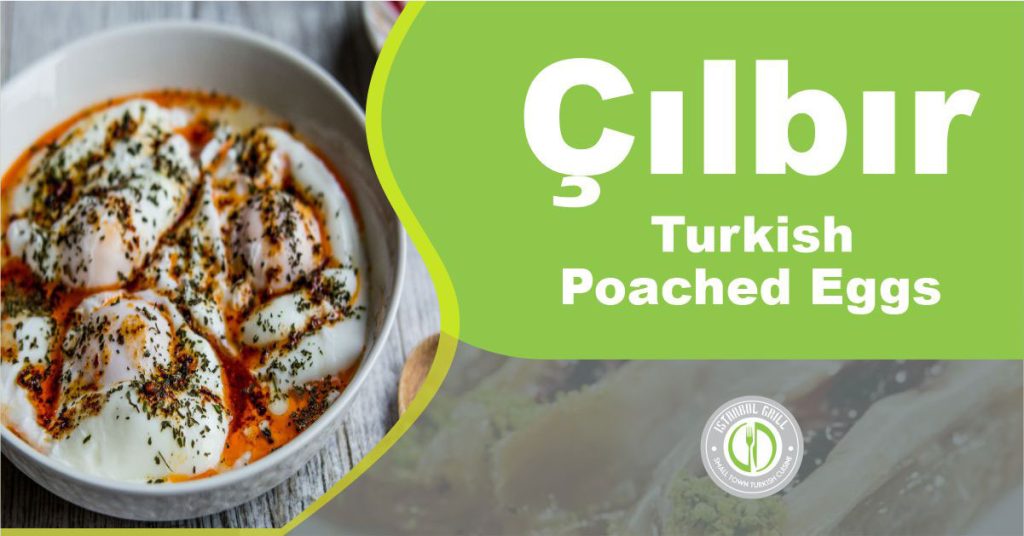
For a protein-rich breakfast or brunch option, Çılbır is a must-try. Therefore, this dish consists of poached eggs served on a bed of creamy yogurt, drizzled with melted butter and paprika. In addition, it’s a simple yet indulgent way to start your day with a healthy dose of protein and healthy fats.
Health Benefits of Turkish Vegetarian Cuisine
Turkish vegetarian dishes are not just delicious. Moreover, the emphasis on fresh vegetables, legumes, and grains ensures a diet rich in essential nutrients.
Adapting Turkish Vegetarian Dishes for Every Diet
One of the great things about Turkish vegetarian cuisine is its versatility.
Gluten-Free: For those avoiding gluten, dishes like Imam Bayildi and Zeytinyağlı Yaprak Sarma are excellent options.
Conclusion
Turkish vegetarian cuisine offers a delightful blend of health and flavor. Finally, it is making it an excellent choice for anyone looking to enjoy nutritious and delicious meals.

